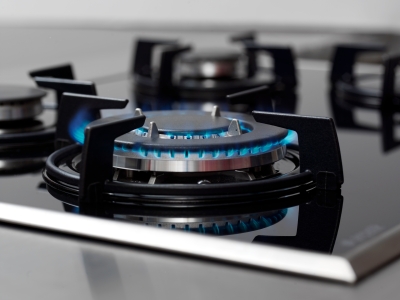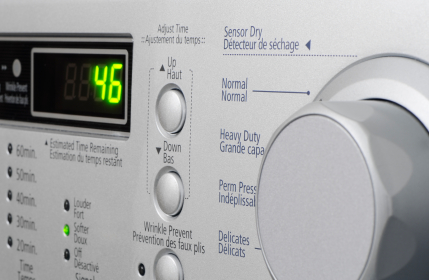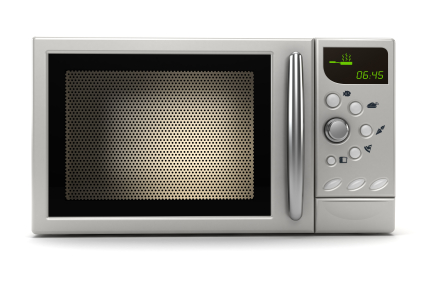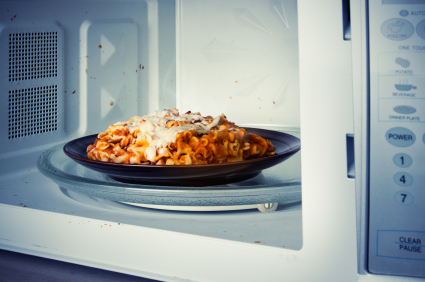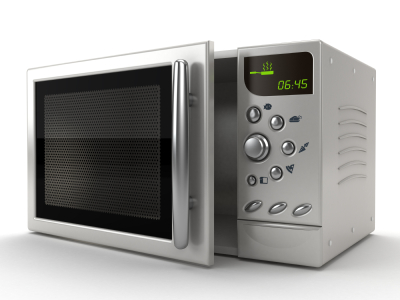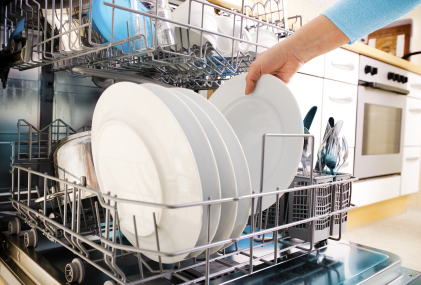Fortunately, gas stoves are extremely easy to repair. So if your gas stove will not heat up, you can most likely fix your gas stove with just a simple cleaning! The following repairs should be able to be completed without shutting off gas to the stove as long as none of the burners are opened. Make sure that the moment you smell gas, you active the gas shutoff and immediately ventilate the room. Your safety is of the utmost importance.
Clear the Pilot
Most gas range stoves have a hinged lid, so lift up your stove top to access the igniter, which will vary depending on the type of stove you have. If you have a standing pilot light, you can identify it by a small gas tube with a hole at the end of it. A small flame should be burning at the end of the tube. If you have a spark igniter, you should see a small ceramic nub near the burner. You should hear a click if it is working.
Clean out the burners
You’ll simply need to use a diameter brush to clean your burners. Try to remove all the grime that may be clogging your burner holes, preventing them from lighting. After cleaning out your burners, simply try to light your burners again. If it still doesn’t work and you have a standing pilot stove, you may want to consult your owner’s manual to see how to raise or lower the flame to the appropriate height. On the other hand, if you have a spark ignition stove, make sure the stove is plugged in and that there is actually power running to your stove.
The majority of gas stove problems can be solved by just giving your stove a simple and thorough cleaning. However, if you believe your stove is malfunctioning from a mechanical or more severe problem, you may want to call in a service professional to diagnose and repair your gas stove. TalkLocal can do all the work for you, connecting you to high quality local appliance experts in just minutes. You’ll have your stove working in no time!

